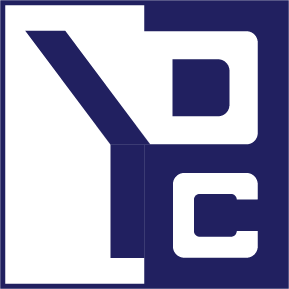Speakers : Kenan Newton, Rolando Jimenez
This first part is about the basics and the core concepts of the Apps and what makes them working.
With two products and platforms and many different services, how can we make them working together ? Apps is basically making the bridge between the two worlds. To help to discover these Apps, the catalog and store is here for that.
The goal of the Apps is to unify the developer worlds (Office and web development). It is done by relying on standards.
To secure the App on the client-side, it is run in the browser sandbox. For the server-side, it is no longer hosted directly in SharePoint. The API is provided through CSOM, REST, Office JS or SharePoint JS.
Tools mainly used for the development are Visual Studio 2012 or Visual Studio NAPA. But, any tool could be used, such as Notepad or Eclipse.
An example of how to integrate a Bing map in an Excel file and how data contained in the worksheet are used to pin location on the map is shown.
A first thing needed is the manifest, describing, among other things, the permissions required to run the app in Excel. The second element is the Bing html page using jQuery and the Bing map component to be displayed.
The same App can be used in several Office client application (demo of an App taking a table in Word or in Excel to create a SharePoint list in Azure). When starting an Office 2013 App project, the different Office client can be selected to make the App available there.
SharePoint Hosted Apps disallow server-side code, therefore, the code is in Javascript and interacting with the SharePoint API. SharePoint Server is no longer needed on the client machine for the developments.
Provider-hosted means any web server.
Autohosted App allows both client-side and server-side logic. SharePoint deploys then the package to Azure.
App project templates generate a .app and a .wsp, but it does not contain any dll, only declarative code. The .app package contains the wsp as well, the manifest which contains some properties such as the start page URL or the AppPrincipal.
Apps can be App Part, Custom Action or pages (immersive). Apps are hosted in a separate domain to avoid XSS and allow isolation of the App.
Once developed, the SharePoint Apps is published in the App Catalog (or Office Store for Office Apps). Uploading an App package from Visual Studio is simple. Downloading a profile for Visual Studio from the Azure portal is needed before the publishing. Once the App is uploaded in Azure, the manifest needs to be sent to the catalog. When in the catalog, users will be able to see it and install it on their Office.

0 Comments